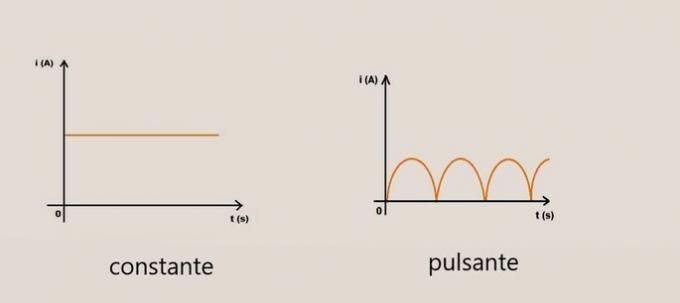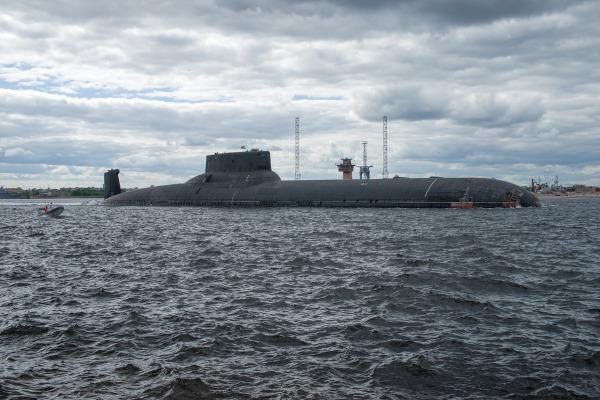In direct current (DC), the flow of electrons within an electrical circuit occurs in only one direction. In alternating current, there is also flow in the reverse direction.
Thus, direct current will be positive or negative, being present in low voltage electronic circuits. While the alternating charge varies between negative and positive, it is used in electrical circuits and high voltage transmission lines.
| Direct Current (DC) | Alternating Current (AC) | |
|---|---|---|
| Characteristics | It does not change the direction of flow within the circuit. | There is an alternation of the direction of the flow and, consequently, of the load. |
| Examples |
|
|
| Use |
|
|
The alternating current charge variation is measured in cycles per second, this frequency is called
hertz (Hz). The number of cycles per second of alternating current can vary from place to place. In Brazil, the frequency adopted in electrical circuits is 60 Hz.Electric current
To understand the difference between direct current and alternating current it is necessary to understand what an electric current is. Electric current is the movement of ions and electrons in a conducting material. This flow occurs due to the potential difference between an initial point and an end point.
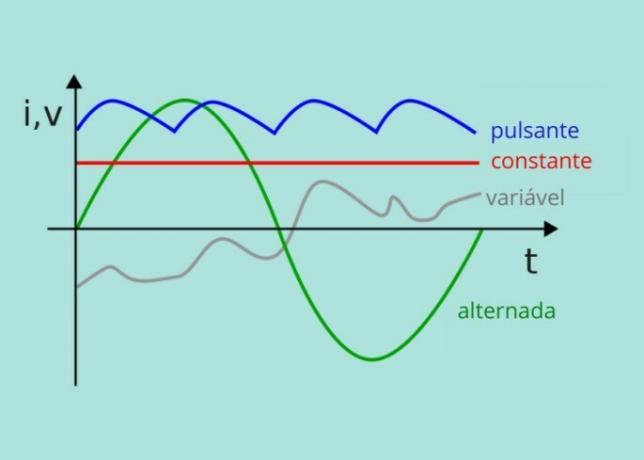
The movement of electrons can occur in only one direction (DC) or alternately in both directions (AC).
What is direct current?
Direct current is any electric current in which the flow of electrons does not change direction. Thus, the load always remains the same.
This load can be constant, in case there is no change in performance, or pulsating, when there is a variation in performance without changing direction.
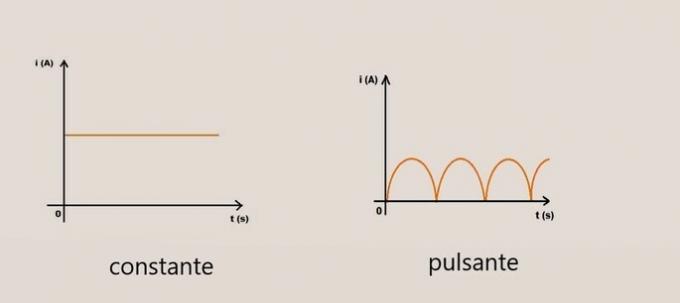
It is important to realize that even when oscillating, if you do not change the direction of electron flow, the current is considered continuous.
Cells, batteries, dynamos and solar panels generate direct currents used in low voltage circuits, such as computers, cell phones and electronic devices in general.
In many cases, electric current arrives as alternating current and is transformed into direct current by diodes, transistors and rectifier sources.
What is alternating current?
Unlike direct current, in alternating current, electrons move in two directions alternately. Thus, the charge is either positive or negative. This variation is called a cycle and occurs between 50 and 60 times per second in an ordinary electrical circuit.
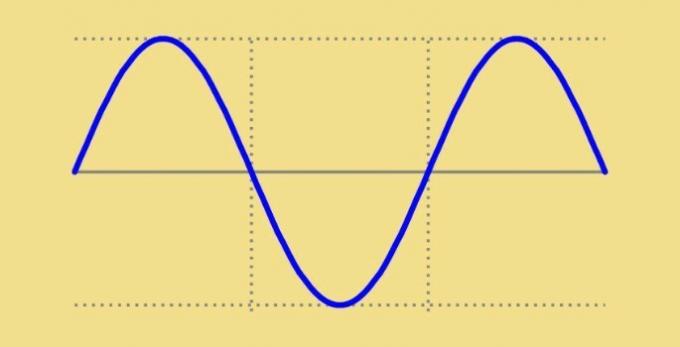
The unit of measurement of these cycles per second is called hertz (Hz). This means that the poles of a house socket are neither positive nor negative. Or rather, every second, each of the poles was 60 times positive and 60 times negative.
The advantage of alternating current is that it can be transmitted over long distances more easily and its voltage raised or lowered by transformers.
Thus, the transmission lines that come out of power plants and transport electrical energy, do so with alternating currents. This energy leaves the power plants with a voltage close to 750kV, passes through substations and transformers and reaches household outlets with a voltage of 110 or 220 volts.
The variation of alternating current cannot be perceived by the human eye, but devices that use this type of current work according to this frequency.
The video below shows a light bulb lighting up in super slow motion where you can see the current variation:

